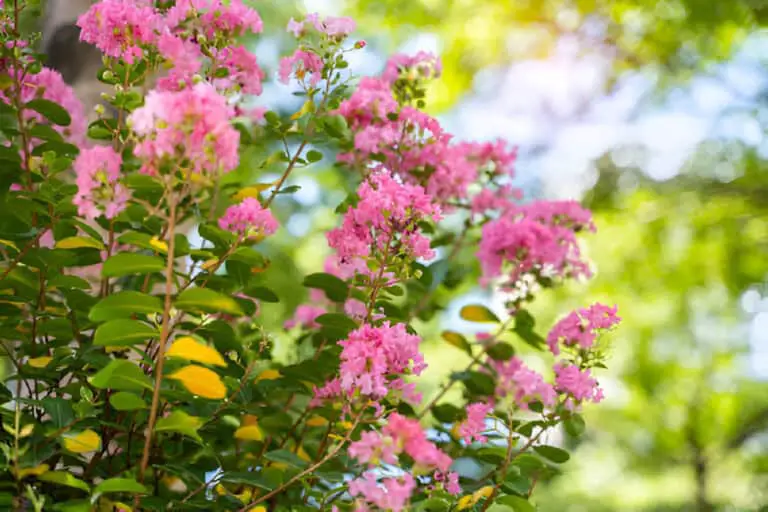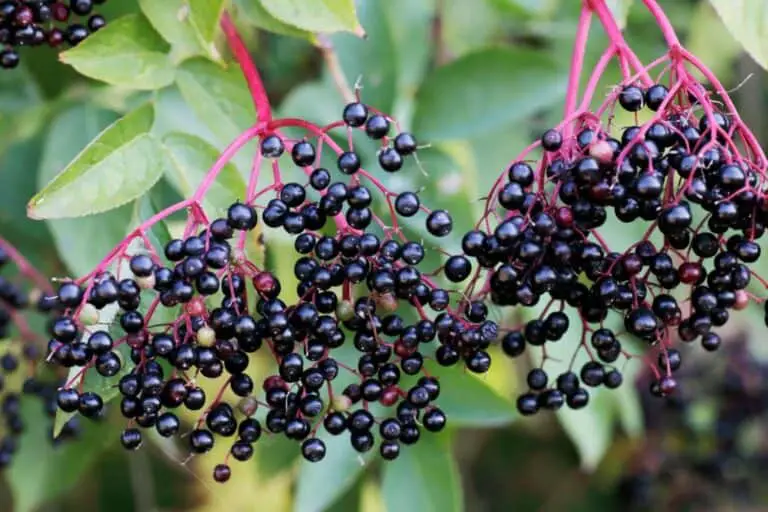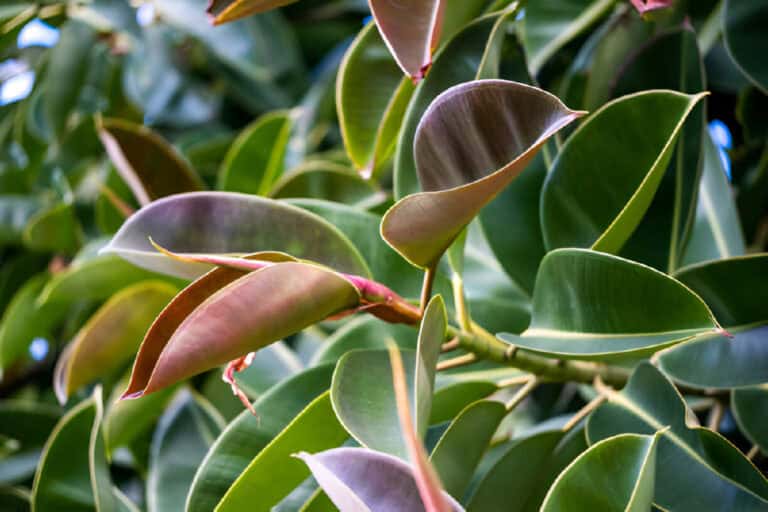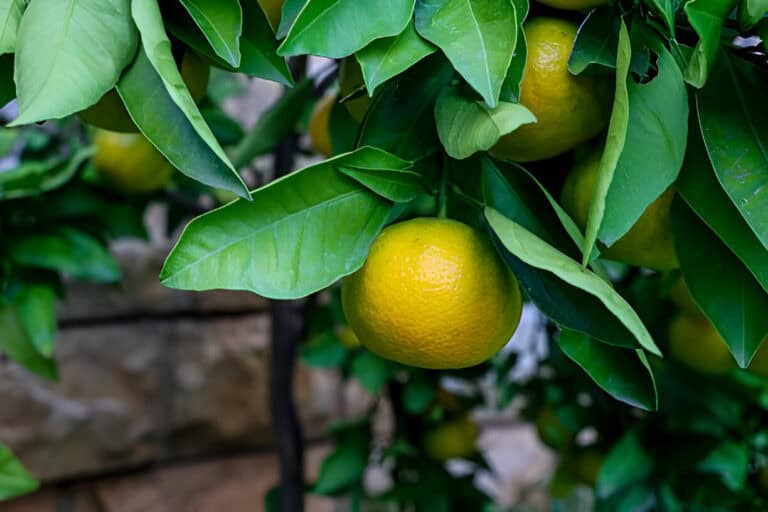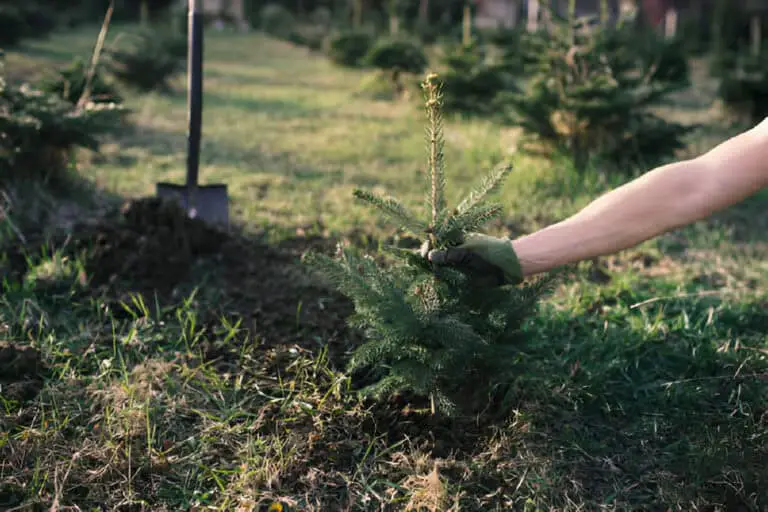Blue Sapphire Ceanothus (Ceanothus X ‘Blue Sapphire’): Plant Care and Growing Guide

The Blue Sapphire Ceanothus, or Ceanothus X ‘Blue Sapphire,’ is a popular tree among gardeners. It’s also known as Himalayan Cedar ‘Aurea,’ Deodar Cedar ‘Aurea,’ Golden Himalayan Cedar, and Golden Deodar Cedar.
This tree is known for being low maintenance and growing at a moderate pace. It will add a lively touch to your home or garden with its green leaves. But only if you learn how to take proper care of it for it to thrive.
Fortunately, this is exactly what we’ll cover in this Blue Sapphire Ceanothus Care Guide. So let’s dive in.
Here are the key care tips for your Blue Sapphire Ceanothus:
- Water: The Blue Sapphire Ceanothus needs evenly spread moist soil – try to avoid letting the soil dry out.
- Light: Keep your Ceanothus X ‘Blue Sapphire’ in an environment where it can receive partial to full sun on a daily basis.
- Soil: Make sure to keep the Blue Sapphire Ceanothus in soil with well-draining properties, so ideally, one that is made of clay, loam, chalk, and sand.
And that’s practically it! If you keep these three factors in check, your Blue Sapphire Ceanothus will likely have all it needs for it to survive and even thrive.
Scientific / Botanical Aspects
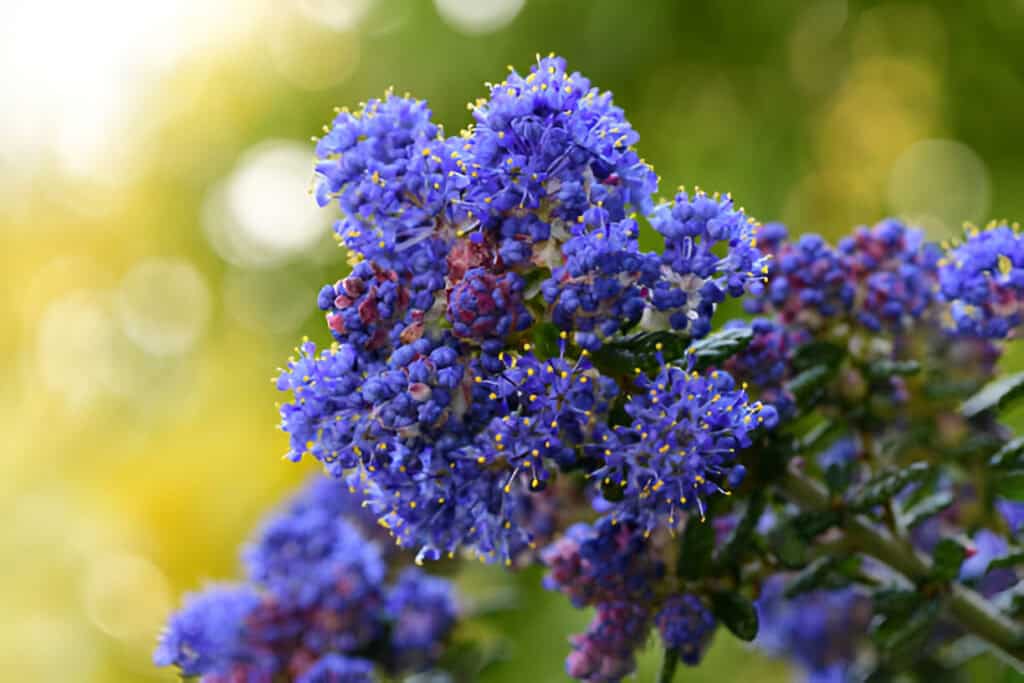
The Blue Sapphire Ceanothus is part of the Pinaceae family. It belongs to the Cedrus genus and the Deodara species. Its scientific name is Ceanothus X ‘Blue Sapphire’ (see-an-OH-thus).
As with other Cedrus’s, the Blue Sapphire Ceanothus is an evergreen plant, which means it will be present year round in your garden.
Growing Region
The Blue Sapphire Ceanothus is a plant native to the North Eastern Afghanistan to Western Nepal and NW. India.
You might be wondering why your Blue Sapphire Ceanothus’s native region is important. If you know where your plant came from, you’ll understand its preferred conditions. This helps you create a similar environment at home.
The Ceanothus X ‘Blue Sapphire’ thrives best in heat zones 6 to 9. Its hardiness level ranges from 7b to 8b. It prefers climates between zones 3 and 24.
Growth and Size
Growth
The Blue Sapphire Ceanothus grows at a moderate rate. This makes it easier for plant lovers to care for.
Size
But, how big does the Blue Sapphire Ceanothus actually get? What should you expect in terms of size? Let’s dive right in…
The Ceanothus X ‘Blue Sapphire’ can grow up to 25′ – 40′ (7.5m – 12m) in 25′ – 40′ (7.5m – 12m) and 15′ – 30′ (4.5m – 9m) in 15′ – 30′ (4.5m – 9m).
Water
In terms of watering, the Blue Sapphire Ceanothus is a fairly complicated plant to take care of.
This is mostly because it has a not so straightforward watering schedule and somewhat irregular watering needs.
Specifically, most experts agree that the Ceanothus X ‘Blue Sapphire’ needs evenly spread moist soil – try to avoid letting the soil dry out.
Which is why it is considered a plant with relatively average needs in terms of water.
Watering
Keep your Blue Sapphire Ceanothus in well-draining soil. This helps your plant grow and thrive.
Choose soil with good drainage and some dry properties. This helps maintain the right moisture levels.
If you want a simple way to water your Blue Sapphire Ceanothus, try the well-known ‘finger’ test. To perform this test, you just need to put your finger in your plant’s soil and determine if it’s moist or not. If it is, then don’t water; if it isn’t, then please do. In any case, this test will allow you to know if your Blue Sapphire Ceanothus needs or does not need water, every time.
Soil Mix
The Blue Sapphire Ceanothus likes well-drained and slightly dry soil. To achieve this, mix clay, loam, chalk, and sand.
In addition to this, expert gardeners recommend having preferably alkaline, acidic, or neutral soil.
Light and Exposure
In terms of light & exposure, the Blue Sapphire Ceanothus requires partial to full sun in order for it to thrive under the right conditions.
Most experts agree that this tree will thrive in full sun.
Specifically, we recommend that you place your Ceanothus X ‘Blue Sapphire’ in little to partial shade (only 2-6 hours of direct sunlight a day).
Season
Being an evergreen plant, the Blue Sapphire Ceanothus will be present year round in your garden.
But, you can expect it to have its ‘prime-time’ during the spring (early, mid, late), the summer (early, mid, late), the fall, and during the winter.
Flowers
In particular, this tree is well known for its showy flowers around the plant enthusiast community.
The Blue Sapphire Ceanothus produces some beautiful blue, or blue and green flowers around this time of year.
Foliage
The leaves from the Blue Sapphire Ceanothus have a beautiful green color during most of the year.
In particular, they have a needles arrangement with a whorled organization in its leaves.
You can expect the leaves from your Ceanothus X ‘Blue Sapphire’ to be around (1-3 inches) in size.
Attracts, Tolerance and Resistance
The Blue Sapphire Ceanothus is famous for handling drought well. So, if dry spells hit, your Ceanothus X ‘Blue Sapphire’ will be just fine.
Pest and Disease Management
Blue Sapphire Ceanothus is a hardy plant, but like any garden favorite, it isn’t completely immune to trouble. Keeping an eye out for early signs of pests and disease is key to maintaining its
Effect on Plant
Aphids
Cause curling leaves and sticky residue
Scale insects
Create bumps on stems and yellowing
Spider mites
Lead to speckled foliage and webbing
Symptoms of Disease Look out for yellowing leaves, black spots, stunted growth, or sudden wilting. These could be signs of fungal infections or root rot, especially in poorly drained soil.
Prevention & Treatment
- Ensure good air circulation
- Avoid overhead watering
- Use neem oil or insecticidal soap for pests
- Prune infected parts and use fungicide if needed
Regular checks can prevent major issues.
Garden
Does your Blue Sapphire Ceanothus have any garden recommendations? Does it serve any gardening purposes? Here’s how you can get the most out of your new plant.
Most Ceanothus X ‘Blue Sapphire’ owners agree that this tree will look great in most mediterranean gardens of all types.
Other owners think they fit nicely in many garden styles. These include informal, cottage, city, courtyard, and traditional gardens.
The Blue Sapphire Ceanothus is great for landscaping. You can use it for erosion control, as a specimen plant, or in coastal areas. It also works well for firescaping and in wildlife gardens.
Conclusion
We shared plenty of care tips for your Blue Sapphire Ceanothus. Still, remember the basics: sunlight, soil, and water. These are key for a healthy plant at home.

